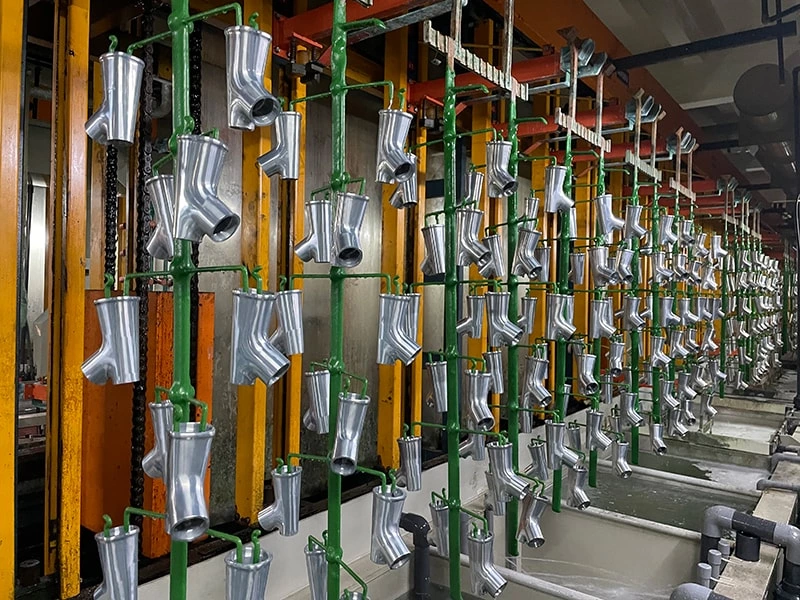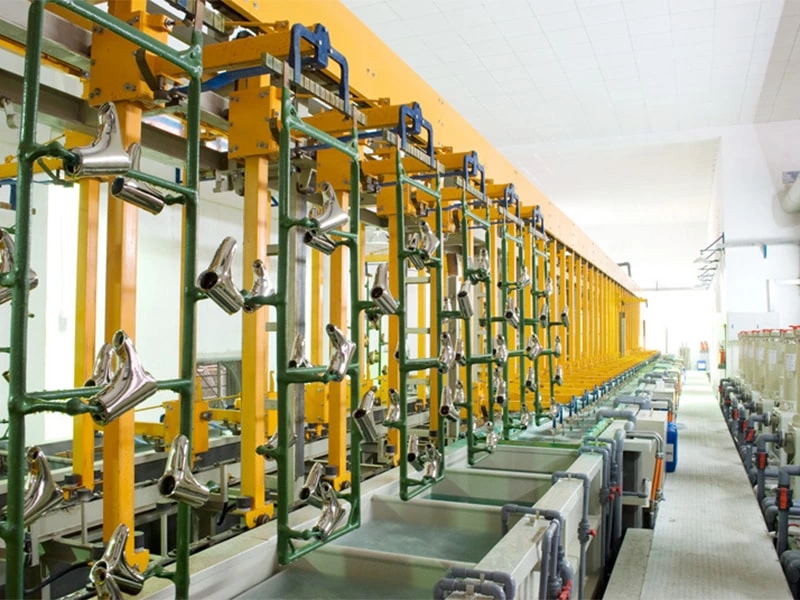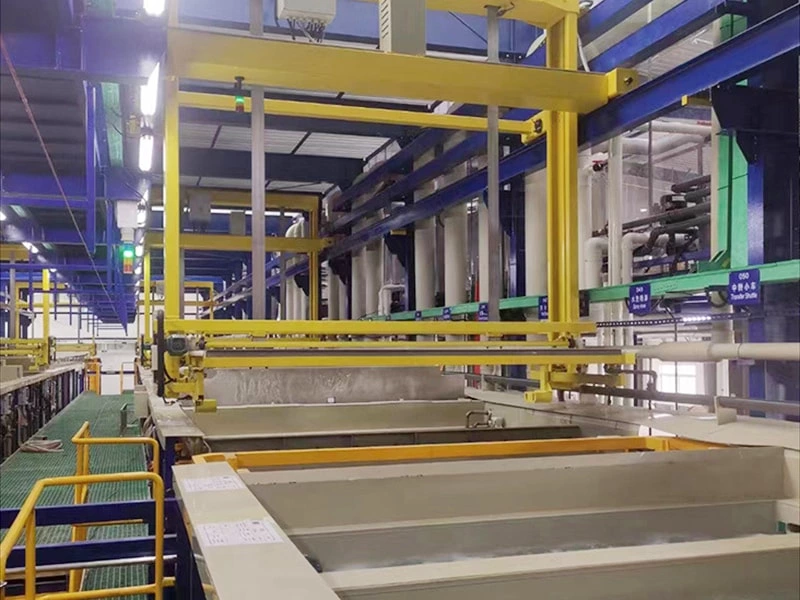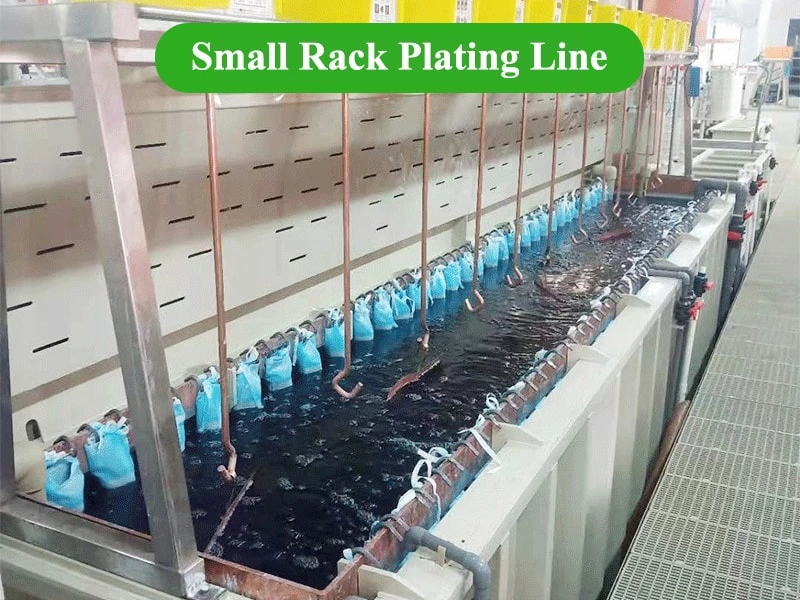How Do You Clean Parts Before Electroplating?
Main steps of cleaning treatment before electroplating
1. Degreasing
Oil pollution includes three categories: mineral oil, animal oil and vegetable oil.
According to its chemical properties, it can be classified into two categories, namely saponified oil and non-saponified oil.
Animal oil and vegetable oil are saponified oils. These oils can react with alkali to form soap, so they are called saponified oils.
Various mineral oils such as paraffin, vaseline, various lubricating oils, etc.
They do not saponify with alkali, and are collectively referred to as non-saponifiable oils.
(1) Ultrasonic degreasing
Ultrasonic degreasing uses the mechanical force of ultrasonic oscillation to generate tens of thousands of small bubbles in the degreasing solution.
These small bubbles generate a strong vibration force when forming, growing and closing, so that the grease and dirt attached to the surface of the material are quickly detached, thereby accelerating the degreasing process and making the degreasing more thorough.
It is more effective for processing materials with complex shapes, micro-holes, blind holes, narrow seams and high degreasing requirements.
Inject an appropriate amount of degreasing liquid (such as dewaxing water) into the ultrasonic wave, and select an appropriate temperature. Because the temperature and the concentration are too high, it will hinder the propagation of ultrasonic waves and reduce the degreasing ability.
In order to get a good degreasing effect on the depression and surface of the material, it is best to rotate the material in the tank so that all parts can be radiated by ultrasonic waves.
(2) Electrochemical degreasing (cathode)
Electrochemical degreasing is a method of hanging the material on the cathode of the alkaline electrolyte, and using the polarization of the electrode during electrolysis and the large number of bubbles generated to remove the oil.
The polarization of the electrode can reduce the surface tension of the solution interface;
The hydrogen bubbles and oxygen bubbles precipitated on the electrode have a strong tearing effect on the oil film and a mechanical stirring effect on the solution.
As a result, the oil film is quickly shed from the surface of the material and transformed into tiny oil droplets, which accelerates and strengthens the degreasing process.
In addition, electrochemical degreasing not only far exceeds chemical degreasing, but also can achieve a good degreasing effect that is almost completely removed.
Increasing the current density can correspondingly increase the degreasing speed and improve the quality of deep hole degreasing.
However, the current density is not always proportional to the degreasing speed. If the current density is too high, the cell voltage will increase, and the power consumption will be too large. The large amount of alkali mist formed will not only pollute the air, but also corrode materials.
The current density commonly used in operation is 5-10 amps/dm2.
Increasing the temperature can reduce the resistance of the solution, thereby increasing the conductivity, reducing the cell voltage, and saving electric energy.
But too high a temperature not only consumes a lot of heat energy, but also pollutes the environment and deteriorates conditions. Usually use 60-80 ℃ electrolysis.
2. Washing
Water washing is an indispensable part of the electroplating process. The quality of water washing has a significant impact on the stability of the electroplating process and the appearance and corrosion resistance of electroplating products.
This effect comes from two aspects: one is that the impurities contained in the water itself pollute the solution or the surface of the material, and the unclean water washing makes the various solutions used for electroplating produce cross-contamination or pollute the surface of the material.
3. Weak etching (activation)
After degreasing and water washing, a thin oxide film will be formed on the surface of the material, which will affect the bonding strength between the coating and the base metal.
Therefore, activation should be carried out before plating to cause slight corrosion on the surface of the material and expose the crystal structure of the metal to ensure good bonding strength between the coating and the substrate.
The activation solution is relatively dilute and will not damage the smoothness of the material surface, and the time is usually only a few seconds to one minute.
(10% dilute sulfuric acid for activation) The activated jewelry must be washed with water before electroplating.






